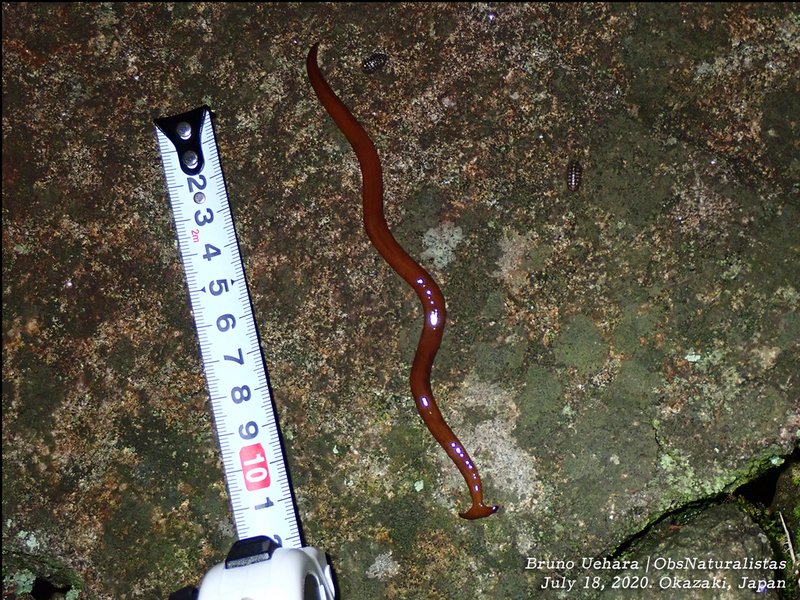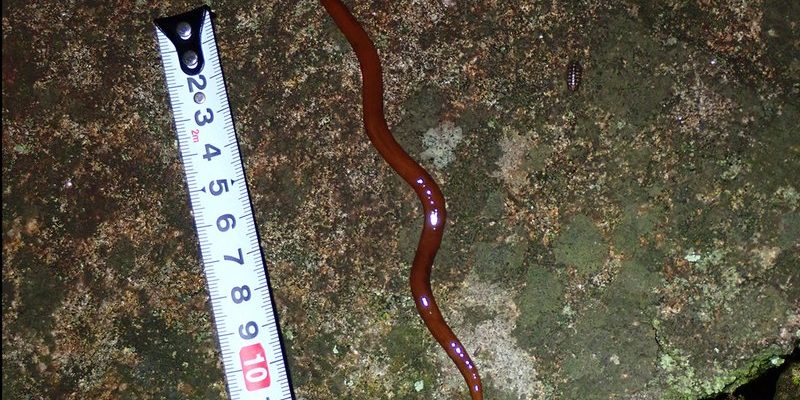
The Malayan Hammerhead Worm (Bipalium kewense) might not be the first organism that comes to mind when considering ecological indicators, but it packs quite a punch for bioindication. These worms are native to Southeast Asia but have spread to other parts of the world. They have a distinctive hammerhead shape that makes them easily recognizable. More than just their looks, they can provide valuable insights into soil quality, moisture levels, and even the presence of pollutants. So, let’s dive deeper into this intriguing topic.
What is Bioindication?
Before we explore the role of the Malayan Hammerhead Worm in environmental monitoring, it’s helpful to understand bioindication. This term refers to the use of living organisms to assess the health of an ecosystem. Think of it like having a “canary in a coal mine.” If the canary gets sick, it signals potential danger to the miners. Similarly, certain species can indicate environmental changes or issues.
Bioindicators can be plants, animals, or even microorganisms. They respond to changes in their environment, whether it’s due to pollution, climate change, or habitat destruction. When scientists observe these reactions, they can gauge the overall health of the ecosystem. So, how does the Malayan Hammerhead Worm fit into this?
Why the Malayan Hammerhead Worm?
The Malayan Hammerhead Worm stands out as a bioindicator for a couple of reasons. Firstly, it thrives in moist, rich soil environments, making it sensitive to changes in soil quality. If the soil becomes contaminated or depleted, the worm struggles to survive. This sensitivity makes it a great litmus test for the health of soil ecosystems.
Another fascinating feature is their diet. These worms feed on other soil-dwelling organisms, such as earthworms and nematodes. If their prey starts to decline, it could indicate poor soil health or environmental stressors, such as pollution. So, when researchers see a drop in Malayan Hammerhead Worm populations, they know something is off in the ecosystem.
How the Worms Are Used in Monitoring
Using the Malayan Hammerhead Worm for environmental monitoring involves observing their presence and behavior in specific locations. Researchers often take soil samples and look for these worms as they assess soil health. Here’s how it typically goes down:
1. Sample Collection: Scientists collect soil samples from various sites, especially those suspected of contamination or environmental stress.
2. Observation: They then search for the Malayan Hammerhead Worm within the samples. Are they abundant? Sparse? Dead? The answers provide critical information about soil quality.
3. Analysis: By analyzing the data, researchers can determine the ecological health of the area. They can identify trends over time, which helps in creating effective environmental policies or remediation strategies.
This method is surprisingly straightforward but incredibly effective. It allows for a clear snapshot of how various practices or events—like industrial activity or agricultural changes—affect the ecosystem.
Factors Affecting the Malayan Hammerhead Worm
Several factors can influence the presence and behavior of the Malayan Hammerhead Worm, and understanding these can help in effective monitoring. Here are a few significant ones:
– Soil Composition: The type of soil can greatly influence worm populations. Rich, organic soils are typically more favorable. If the soil lacks nutrients, you might notice a drop in worm numbers.
– Moisture Levels: These worms need a moist environment to thrive. Drought or excessive rain can affect their survival. For instance, if a region experiences prolonged drought, you might see fewer worms, indicating stress in the ecosystem.
– Pollutants: Chemicals like pesticides or heavy metals can be toxic to these worms. Their absence or decline can signal contamination in the soil, making them key players in pollution monitoring.
Being mindful of these factors helps researchers understand broader environmental changes, which can lead to actionable insights.
Challenges in Using Malayan Hammerhead Worms
While the Malayan Hammerhead Worm is a valuable bioindicator, using them doesn’t come without challenges. Here are some points to consider:
– Variability in Responses: Different species of worms react differently to environmental changes. This means that while the Malayan Hammerhead Worm provides information, it might not give the complete picture of the ecosystem’s health.
– Habitat Limitations: Their presence is mostly limited to specific habitats. If you’re monitoring a region where they’re not typically found, you may miss critical data.
– Misinterpretation: Without proper context, data can be misinterpreted. Scientists must combine worm population studies with other environmental assessments to gain a clearer understanding of the ecosystem’s condition.
Despite these challenges, their importance in environmental monitoring cannot be overstated.
The Malayan Hammerhead Worm presents a unique opportunity for environmental monitoring and bioindication. Its sensitivity to soil health makes it a valuable ally for researchers looking to assess ecosystem quality. As our world faces increasing environmental challenges, using natural indicators like this worm could play a vital role in understanding and mitigating the effects of pollution and degradation.
Incorporating findings from studying these creatures not only enriches our knowledge but also encourages sustainable practices. With continued research, we can better leverage the Malayan Hammerhead Worm and similar species for a healthier planet. So next time you see one of these unique worms, remember—they might just be telling us a crucial story about the environment beneath our feet!

